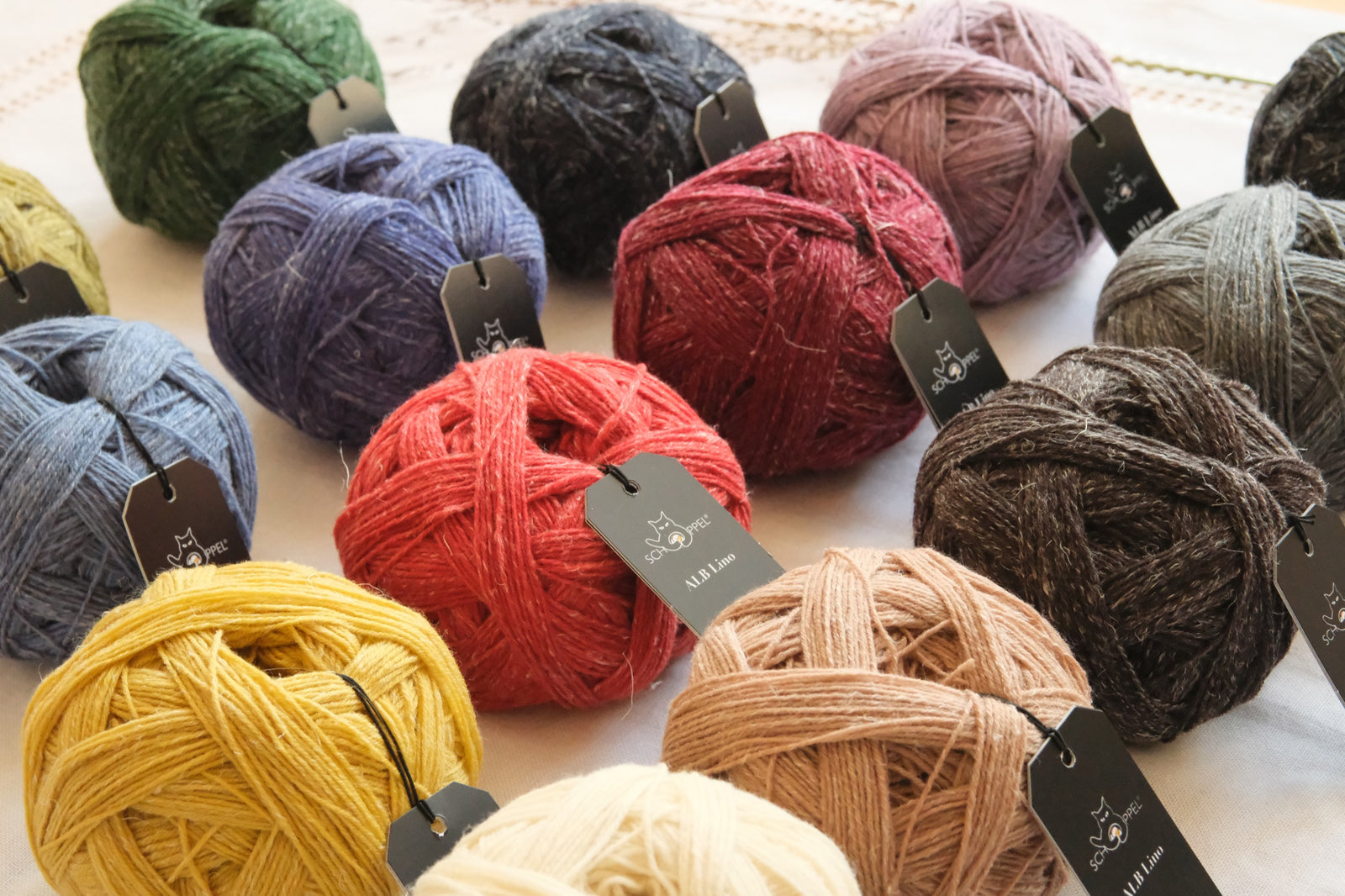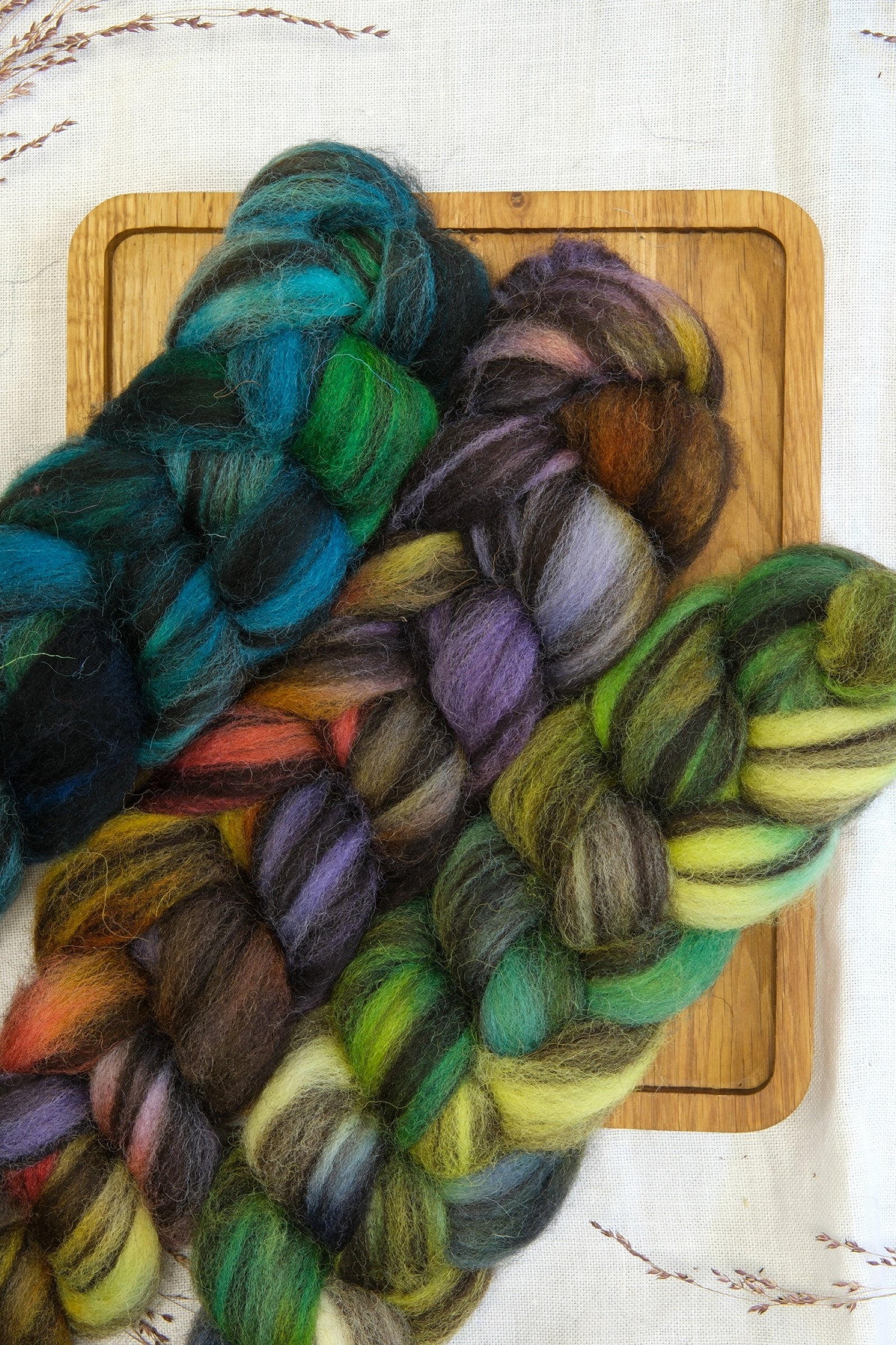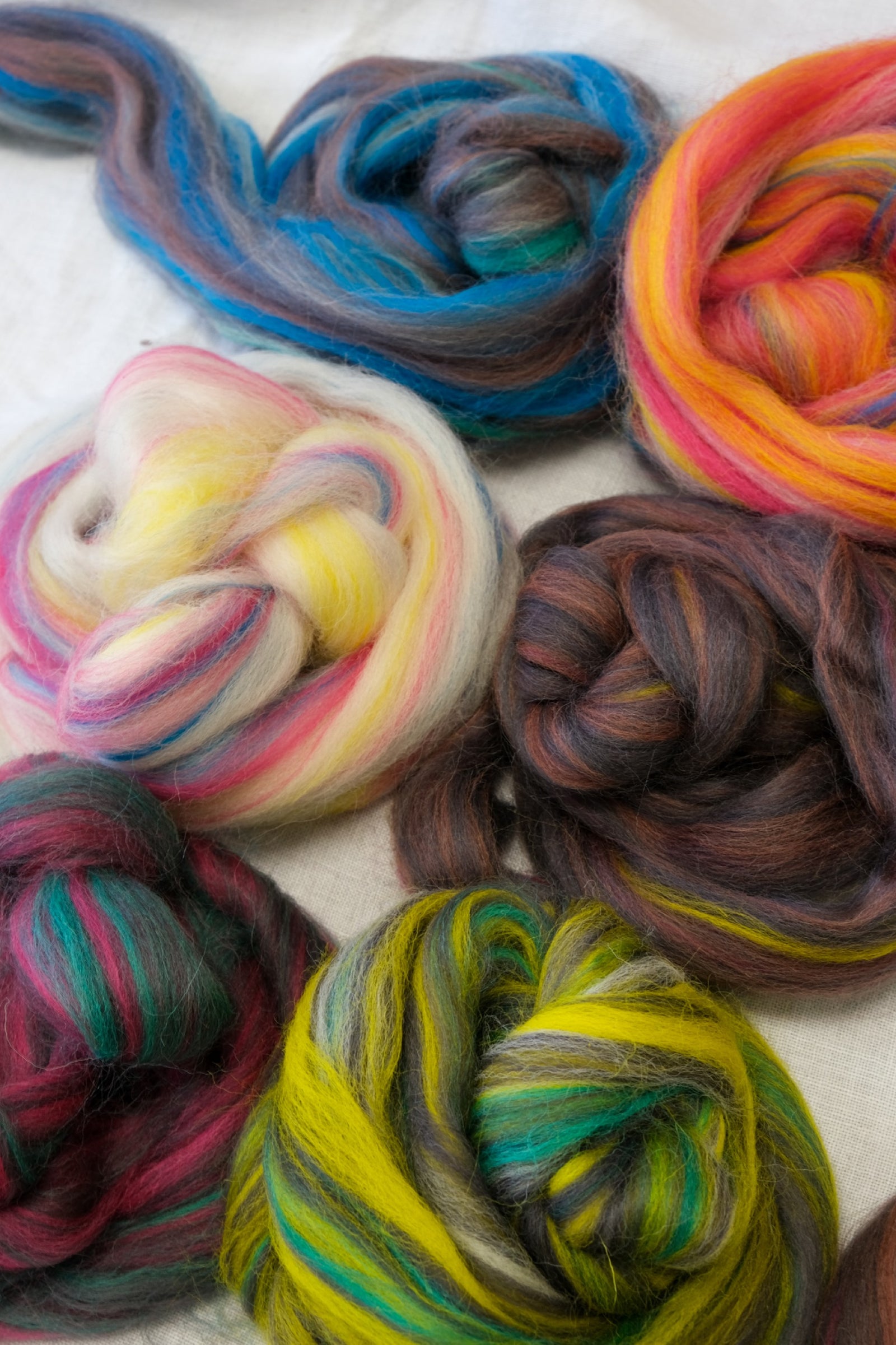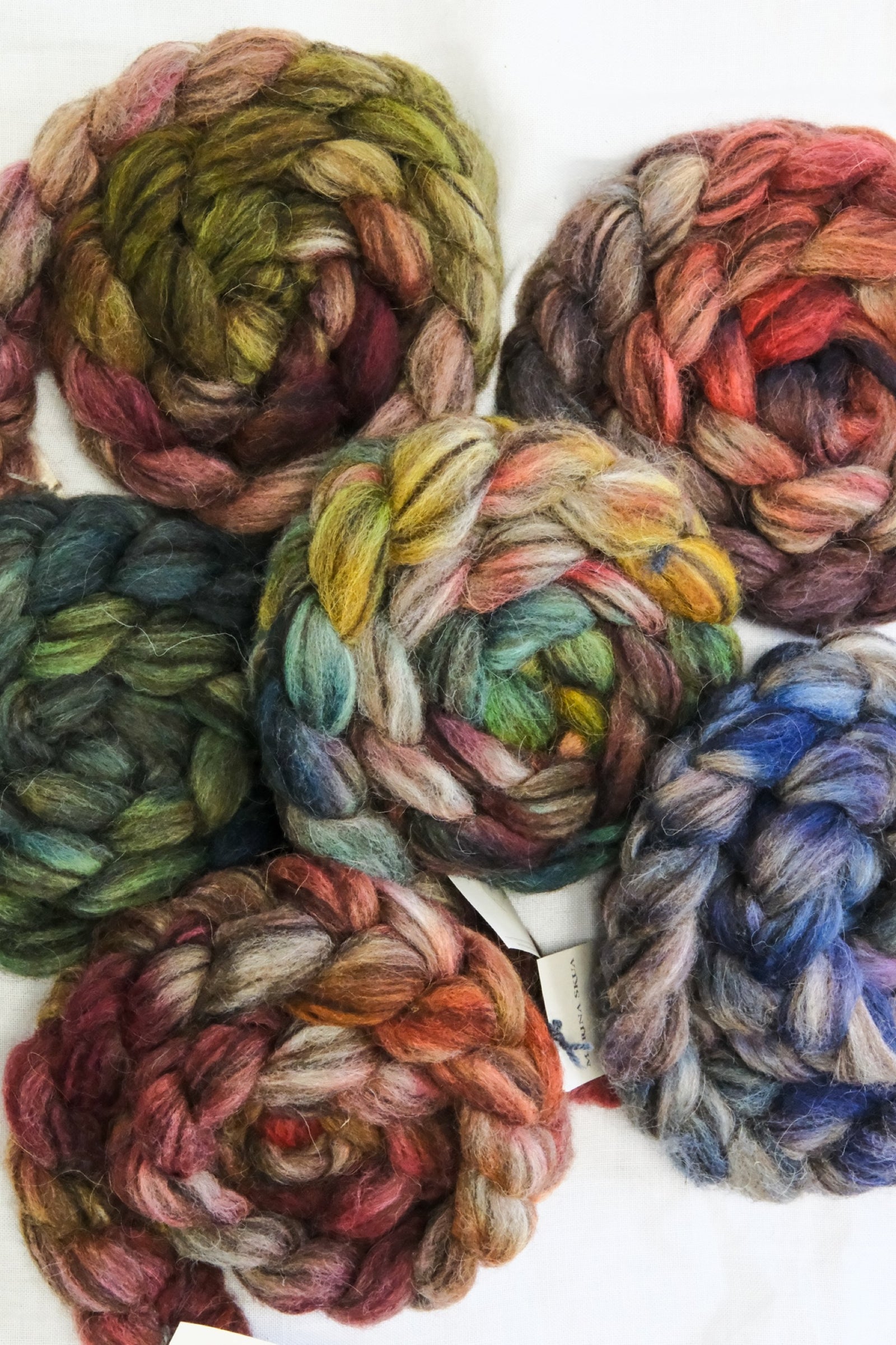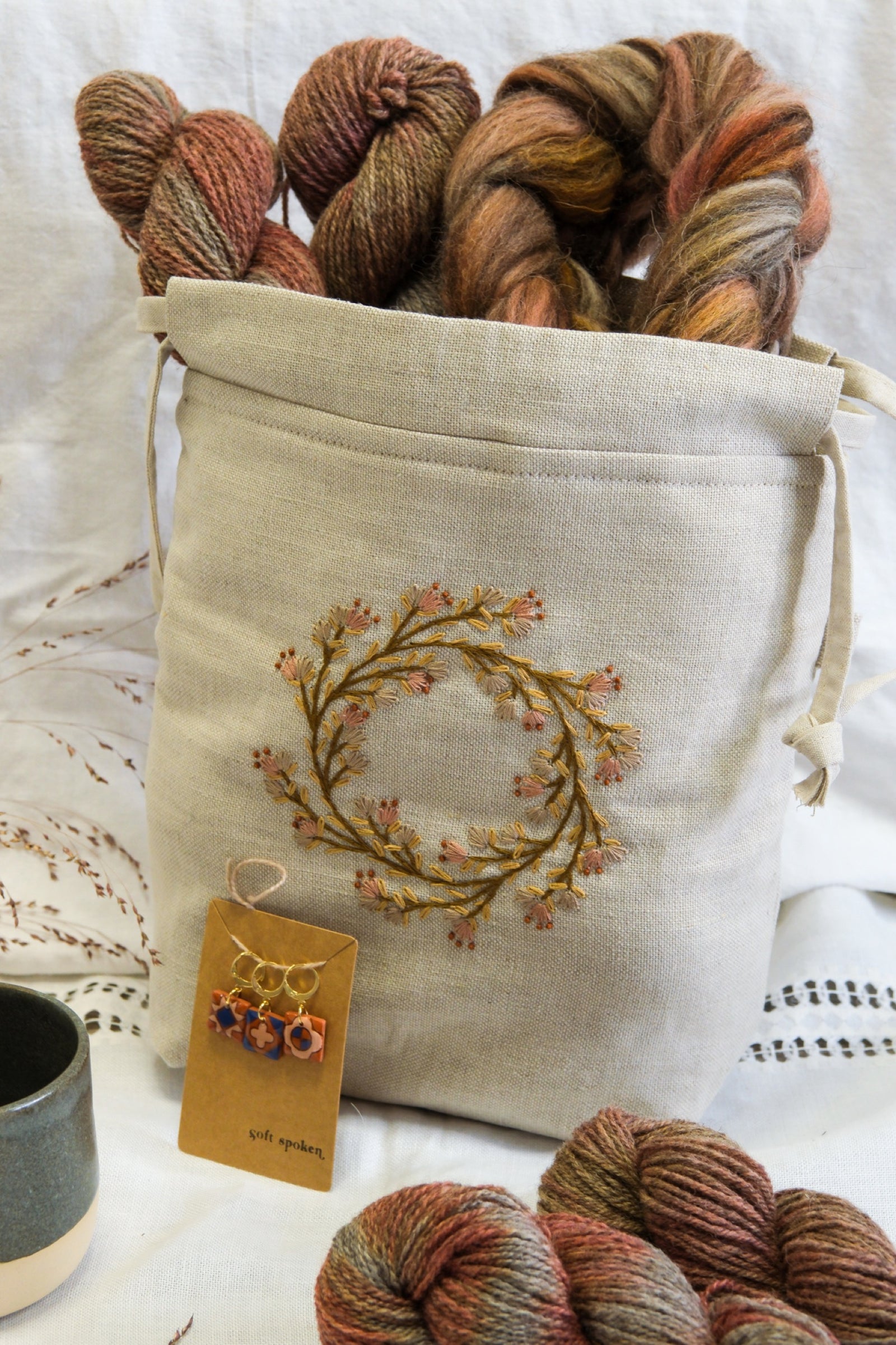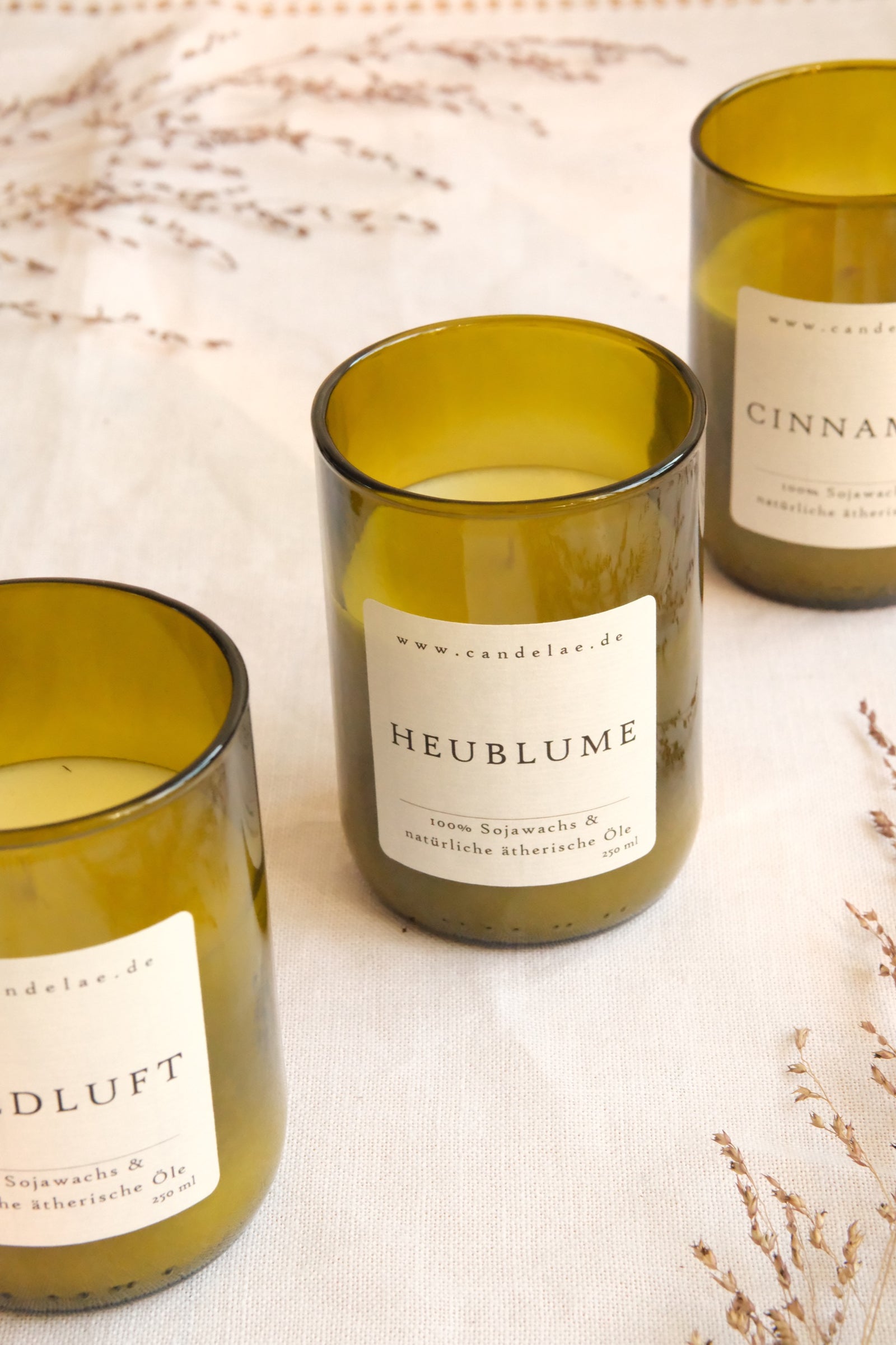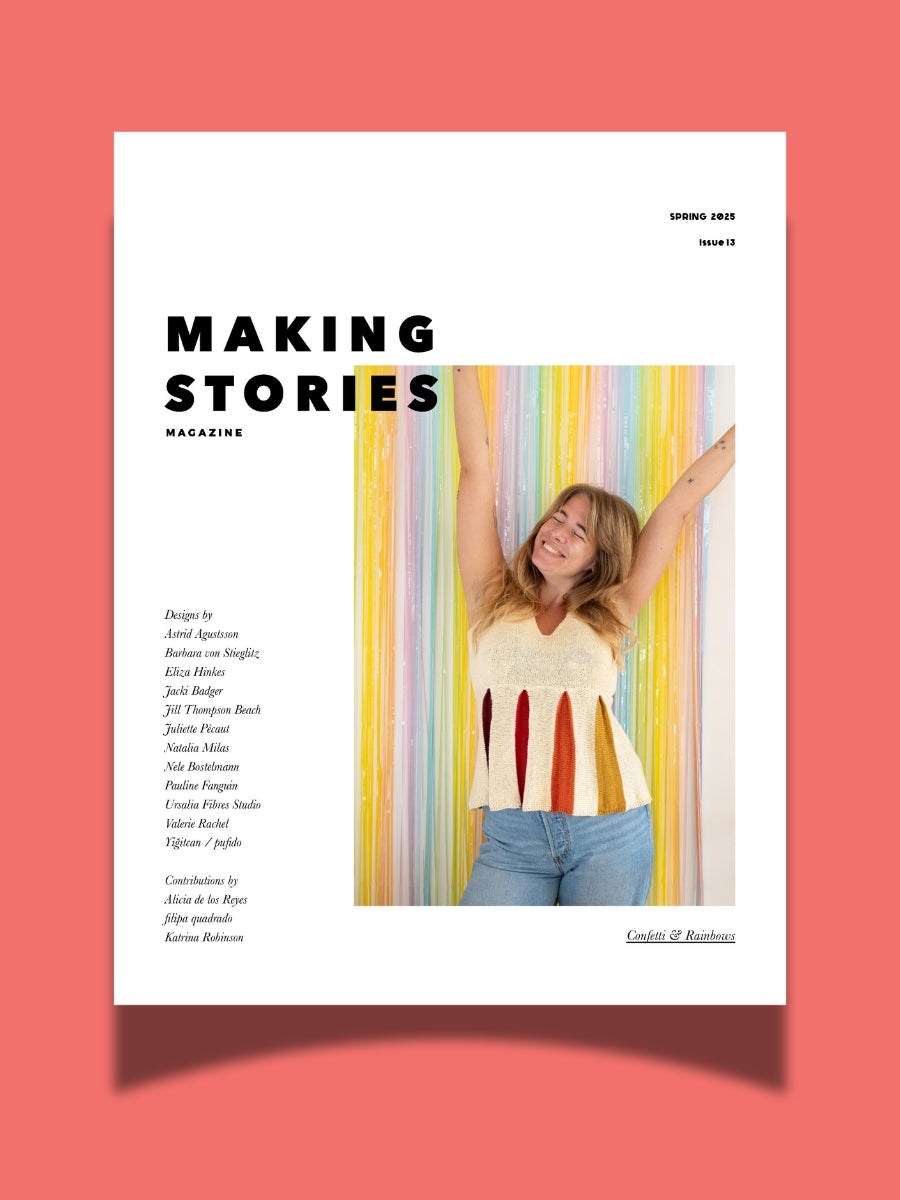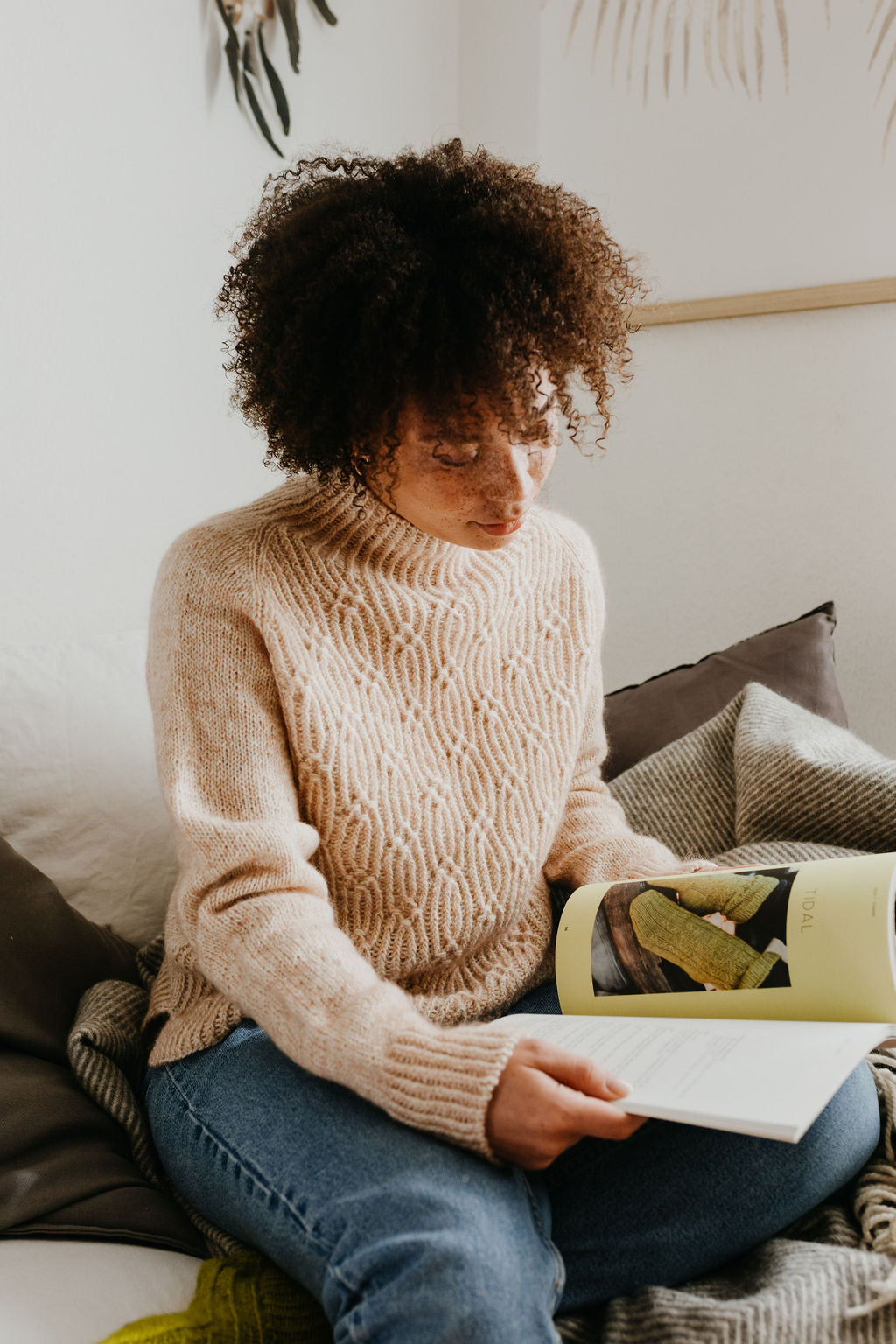As of April 1, Making Stories is closed. Thank you for your support all these years!
As of April 1, Making Stories is closed. Thank you for your support all these years!
Spinning Fiber
Notions & Gifts
Books, Magazines & Patterns
About Us
We're here to help you stitch sustainability into every aspect of your making.
With our carefully curated selection of non-superwash, plastic-free yarns and notions, we have everything you need to get started on your next project - and the one after that.
Here's to a wardrobe of knits we love and want to wear for years to come!
We're here to help you stitch sustainability into every aspect of your making.
With our carefully curated selection of non-superwash, plastic-free yarns and notions, we have everything you need to get started on your next project - and the one after that.
Here's to a wardrobe of knits we love and want to wear for years to come!
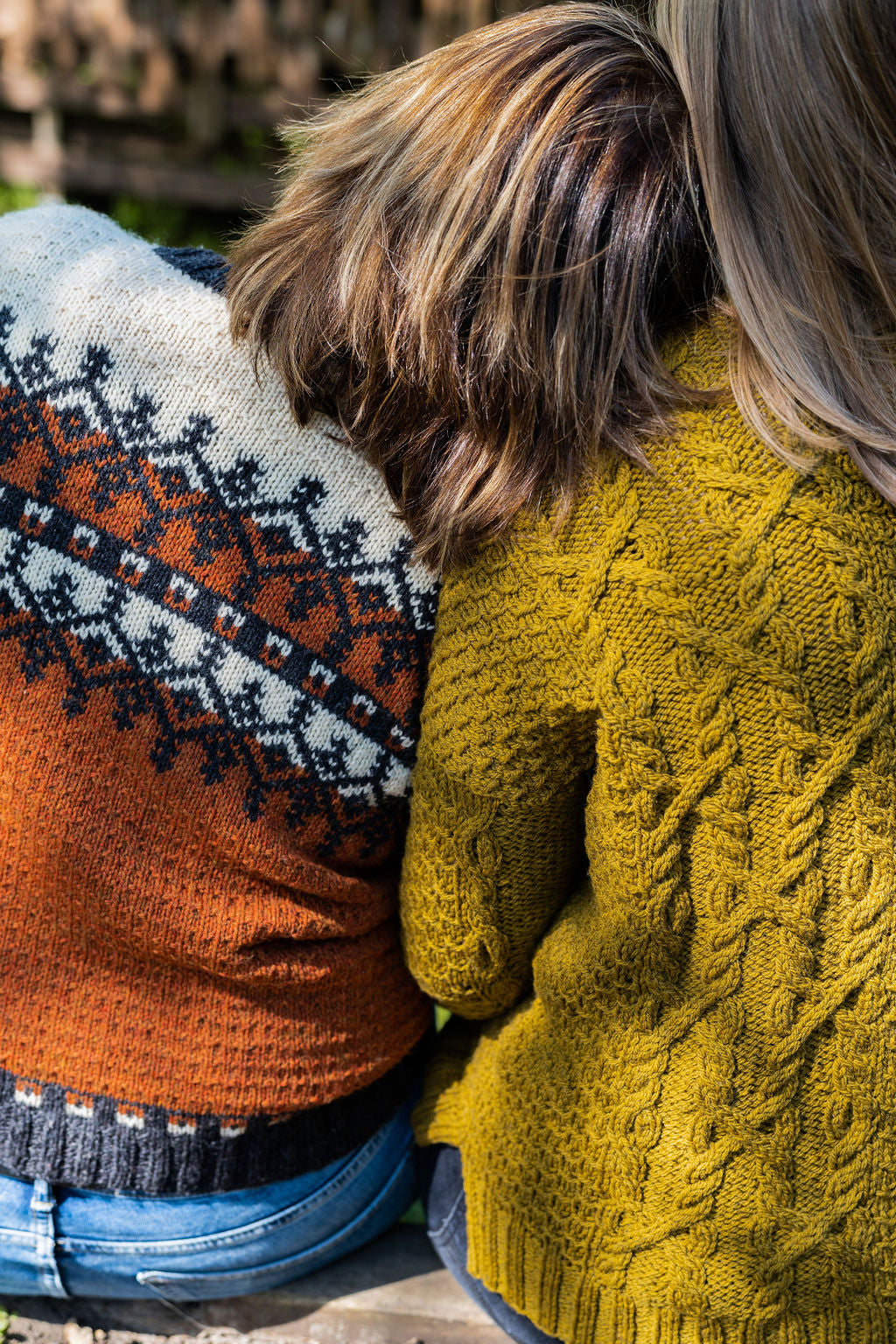
Our Sustainability Pledge

Our Blog

Our Podcast
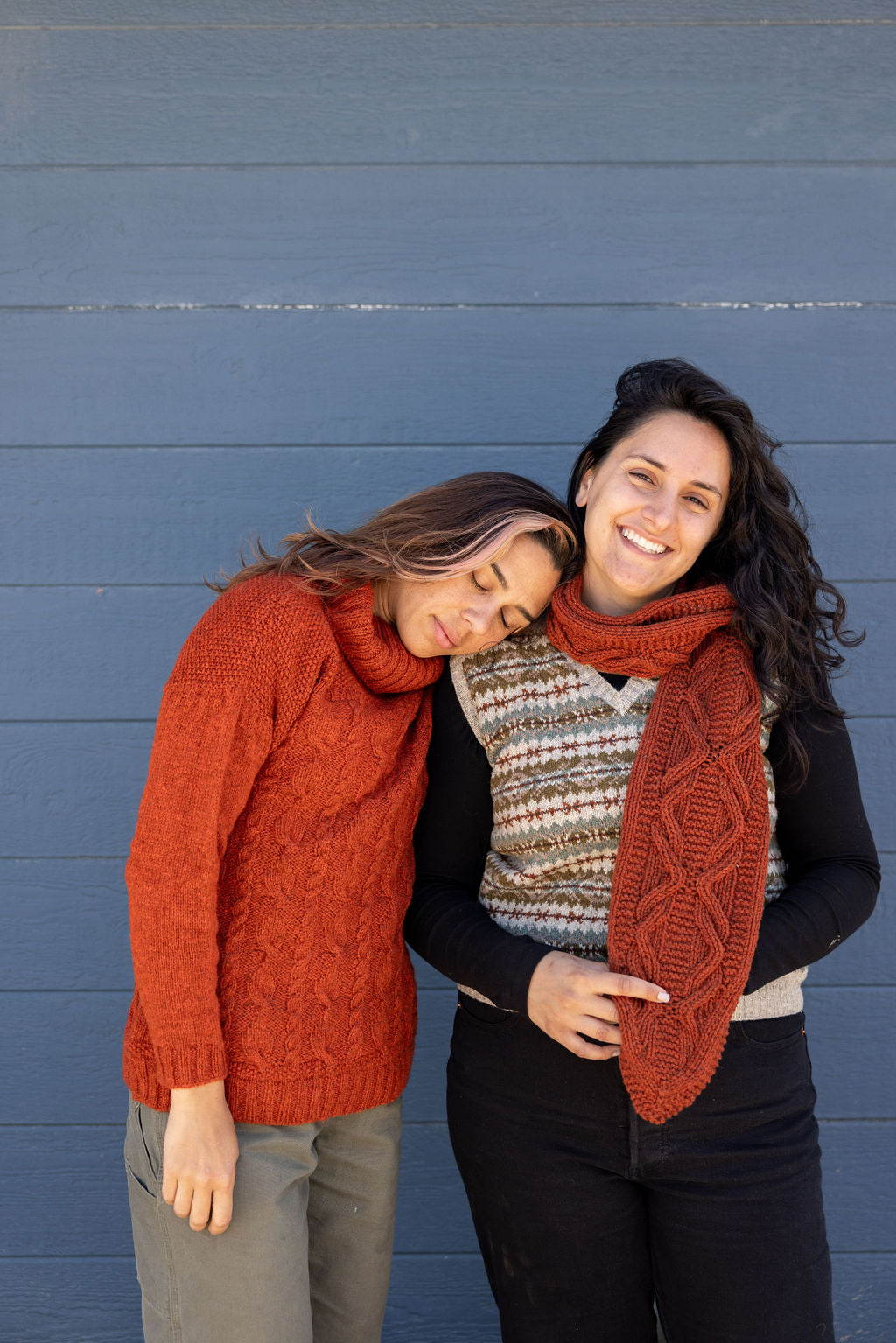
The Making Stories Collective
What Is In My Yarn
April 15, 2020 3 min read
Hello folks! It's Claire here, and I'm so excited to be coming to you today at the beginning of a brand new blog series. Here at Making Stories, knitting sustainably is something we are wildly passionate about, but putting that into practice can leave your head spinning. What does it really mean, and how do you know if that skein you are holding is sustainably made? Over the coming months, this is what we are going to tackle - We're going to demystify what it means to knit sustainably. Are you excited? I am!
Today, we are going to start at the very beginning by asking - What is in your yarn? That short question can open a whole can of (silk!) worms. We can read the ball band, sure, but what do we really know about the fibres listed? And then there is the question of if they are sustainable or not and what sustainable actually means in this context, which takes us down a whole other (angora!) rabbit hole. For today, though, let's start small and break down which fibres can be in a yarn together...
Natural Fibres
Natural fibres can be broken into two categories - animal and plant.
Since the dawn of knitting time, natural fibres have been used for creating fabric. Do you know that wool production can be traced as far back as the Stone Age?! Over the years, our sheepy friends have been joined by a flock of fellow fibre buddies. Being the creative bunch we are, it seems that spinners have tried their hand at creating yarn from just about every animal and plant fibre possible, but for the purpose of this blog post, we're going to look at the ones you are most likely to find at your LYS. Let's break them down:

Animal Fibres
Alpaca, Angora (angora rabbits), Cashmere (cashmere goats), Llama, Mohair, Angora (goats), Silk (silkworms & silk cocoons), Wool (sheep) & Yak.
Plant Fibres
Cotton, Hemp & Linen.
Synthetic Plant Fibres
Here we get into a little bit of a grey area. The term 'Synthetic' can be a bit misleading here as the below fibres are 100% plant-derived, but they are often created as a by-product of another process, most likely in a different industry. This means the plant has been made into a pulp first and then goes through a lot of processing to get it to the point it can be spun into yarn. In short, the final product is a long way from its natural form. Does this mean the below fibres are unsustainable? Not necessarily! It all depends on how it has been processed.
Bamboo, Corn, Lyocell/ Tencel (derived from wood cellulose), Modal (derived from wood), Ramie (part of the nettle family), Rayon/ Viscose (cellulose extracted from wood, bamboo and cotton fibres) & Soy.
Synthetic Fibres
Acrylic, Nylon (also known as polyamide) & Polyester.
My yarn is 100% natural fibres, does that mean it's sustainable?
That would make life way more straightforward, wouldn't it?! Unfortunately, no - animal welfare, how the fibre is processed, where it is processed, is it treated with superwash processes, etc.; all contribute to how sustainable your yarn is. We want to help you to educate yourselves on what yarn sustainability actually means and which aspects of it matter to you, so you feel good and conscious about the yarn choices you make.
Does that sound a little bit like hard work? That's because it is, but don't worry, you're not alone! We have made it our mission to provide you with all the tools and knowledge you need to knit sustainably, and I promise if you stick with us, it will be worth it.
Look out for another post from us next week where we debunk some of those buzz words you hear when talking about sustainability - with 'sustainable yarn' taking centre stage. What is that actually?
See you next week!x
Leave a comment
Comments will be approved before showing up.
Also in Blog

Issue 13 – Confetti & Rainbows | Official Pattern Preview
February 12, 2025 13 min read
Hi lovelies! The sun is out here in Berlin, and what better day to talk about one of the most joyful issues we've ever done than a brilliant sunny winter day – meet Issue 13, Confetti & Rainbows!
In Issue 13 – our Spring 2025 Issue – we want to play! Confetti and rainbows, unusually and unconventionally interpreted in 12 new knitwear designs – a journey through color, shapes, texture and materials.
Confetti made out of dried flowers, collected over months from bouquets and the road side. Sparkly rainbows, light reflecting. Gentle textures and shapes, echoing the different forms confetti can take. An unexpected rainbow around the corner, on a brick wall, painted in broad strokes.
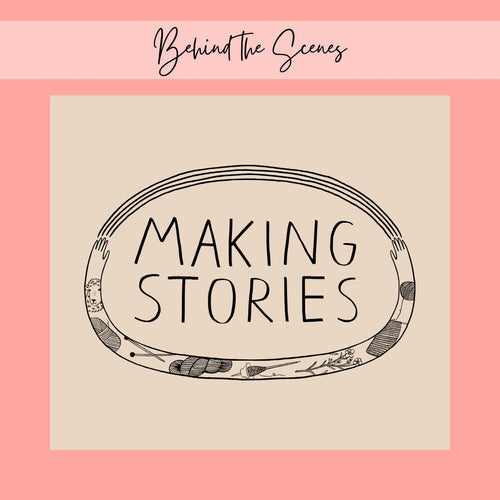
New Look, Same Heart: The Story Behind Our Delightful Rebrand
January 16, 2025 4 min read 1 Comment
Hi lovelies! I am back today with a wonderful behind-the-scenes interview with Caroline Frett, a super talented illustrator from Berlin, who is the heart and and hands behind the new look we've been sporting for a little while.
Caro also has a shop for her delightfully cheeky and (sometimes brutally) honest T-Shirts, postcards, and mugs. (I am particularly fond of this T-Shirt and this postcard!)
I am so excited Caro agreed to an interview to share her thoughts and work process, and what she especially loves about our rebrand!
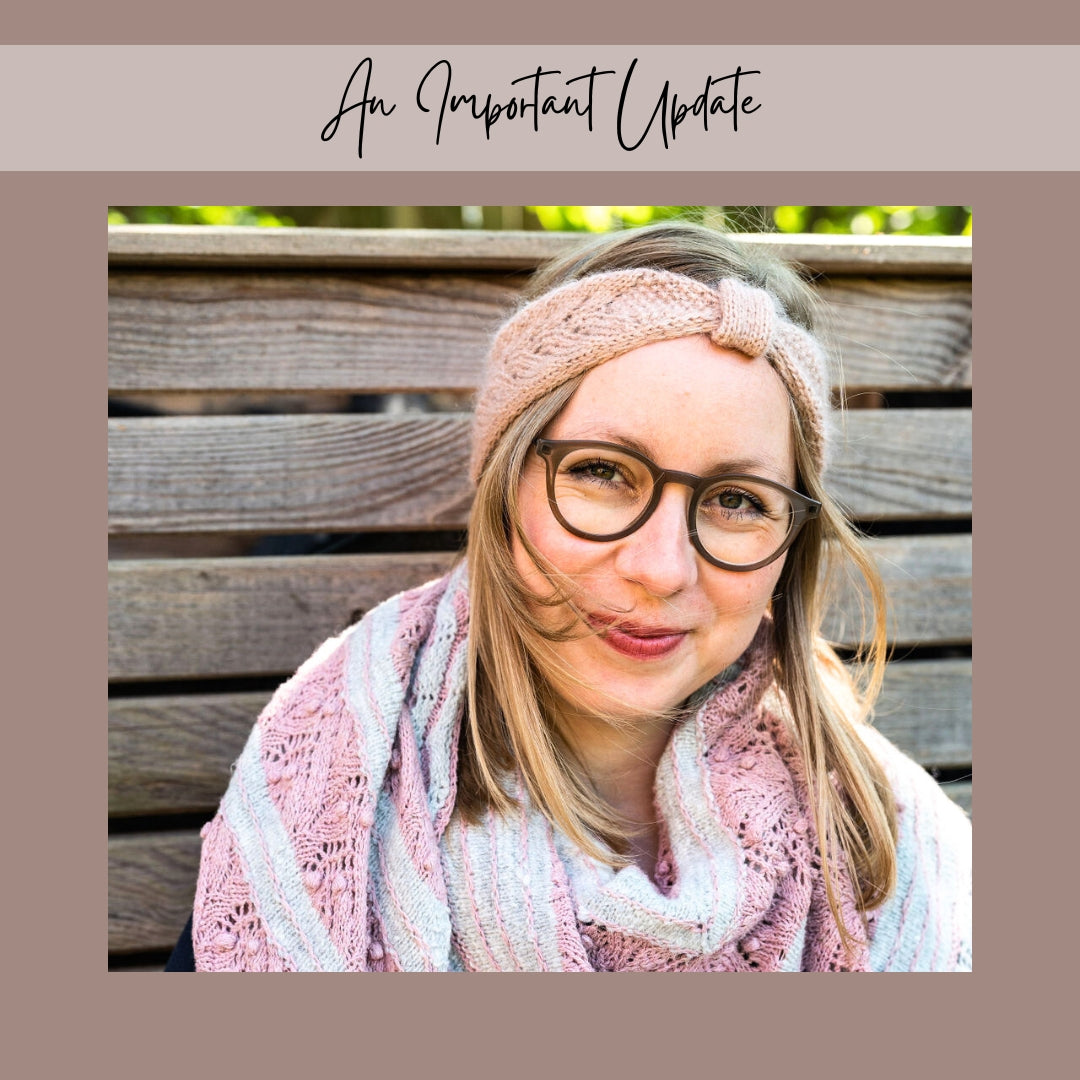
Thoughts on closing down a knitting magazine
November 19, 2024 12 min read 1 Comment
Who Is Making Stories?
We're a delightfully tiny team dedicated to all things sustainability in knitting. With our online shop filled with responsibly produced yarns, notions and patterns we're here to help you create a wardrobe filled with knits you'll love and wear for years to come.
Are you part of the flock yet?
Sign up to our weekly newsletter to get the latest yarn news and pattern inspiration!

